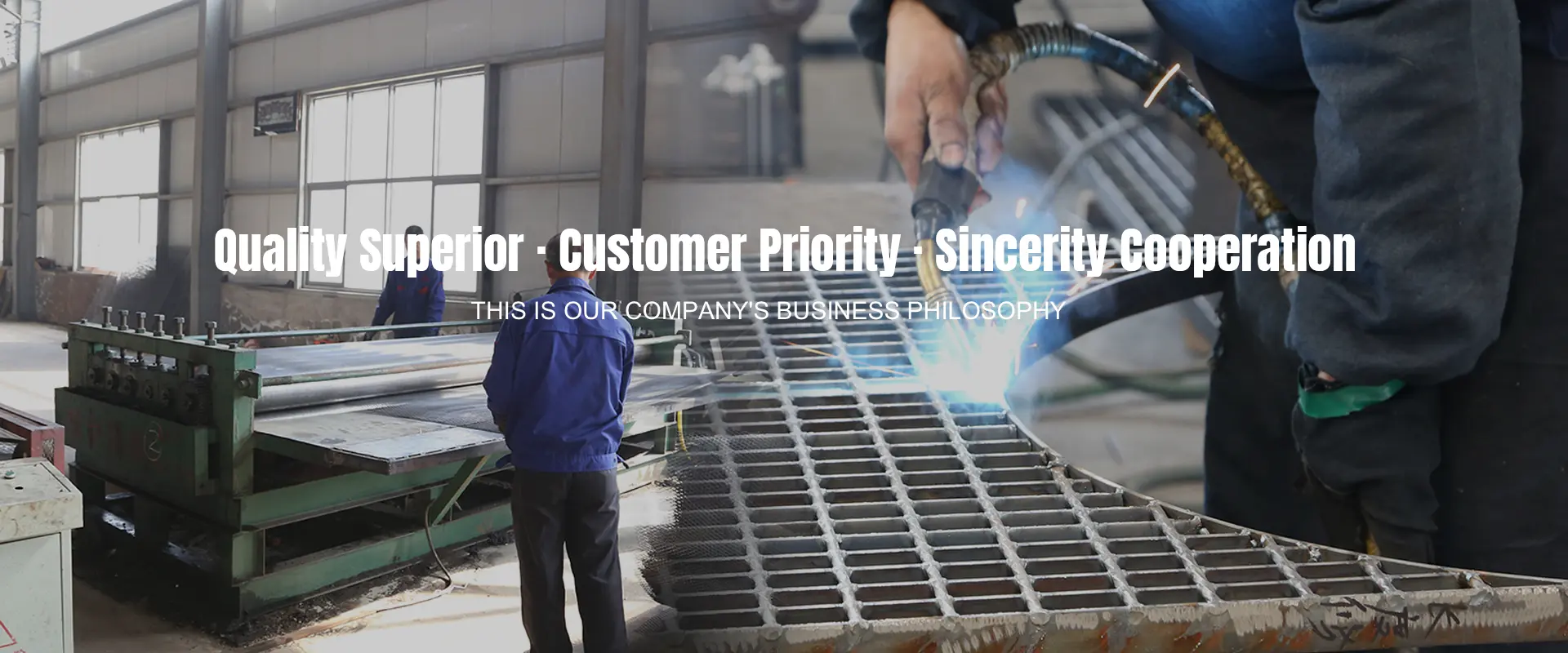The Versatility of Perforated Copper Foil
Copper, a metal known for its excellent conductivity and malleability, has long been a staple in various industries, including electronics, construction, and automotive. Among the innovative forms that copper takes is perforated copper foil, a specialized material that combines the properties of copper with the benefits of perforation. This article explores the characteristics, applications, and advantages of perforated copper foil, shedding light on its growing importance in numerous sectors.
What is Perforated Copper Foil?
Perforated copper foil is a sheet of copper that has been subjected to a perforation process, creating a series of holes or patterns throughout its surface. This process not only alters the aesthetic appeal of the copper but also enhances its functionality. The perforations can vary in size, shape, and distribution, depending on the intended use of the foil. The result is a lightweight, durable material that retains the important properties of copper while offering unique advantages due to its altered structure.
Characteristics and Properties
One of the most significant characteristics of perforated copper foil is its enhanced breathability. The holes in the foil allow air and moisture to pass through, making it a preferred choice in applications where ventilation is necessary. Additionally, the perforation process can create various surface textures, which can affect adhesion properties for coatings or adhesives applied to the foil.
Moreover, the electrical conductivity of copper remains largely intact after perforation, making it suitable for applications in the electronics industry. The combination of lightweight and conductive properties enables designers and engineers to create sophisticated components that require less bulk without sacrificing performance.
Applications Across Industries
The applications of perforated copper foil are diverse and expanding. In the electronics industry, it is commonly used in the production of circuit boards, where it is valuable for grounding and shielding. The perforations help dissipate heat from electronic components, enhancing performance and longevity.
In the automotive sector, perforated copper foil can be found in various parts, from sensors to heat exchangers
. Its ability to allow airflow while remaining structurally sound makes it ideal for use in vehicles that require efficiency and performance.perforated copper foil

Architecture and interior design also benefit from perforated copper foil’s aesthetic potential. The visual appeal of perforated designs can be utilized in decorative panels, lighting fixtures, and even as part of building facades. These applications go beyond mere aesthetics; the perforations can also help regulate temperature and energy efficiency within buildings.
Furthermore, the medical industry utilizes perforated copper foil in several ways, including in devices that require precise conductivity or in applications where antimicrobial properties are essential. Copper is naturally resistant to bacteria and viruses, making perforated copper foil a practical choice for items such as medical devices and surface materials in healthcare settings.
Advantages of Perforated Copper Foil
1. Weight Reduction One of the main benefits of using perforated copper foil is its reduced weight compared to solid copper sheets. This feature is crucial for industries where weight is a critical factor, such as aerospace and automotive engineering.
2. Cost Efficiency By using less material while still maintaining sufficient structural integrity and functionality, manufacturers can save on material costs without compromising quality.
3. Customization The ability to customize hole size, pattern, and distribution allows manufacturers to tailor perforated copper foil to specific needs, meeting the unique requirements of different applications.
4. Enhanced Performance The ventilation properties offered by perforated designs lead to better heat management, which is increasingly important in high-performance applications.
Conclusion
Perforated copper foil stands as a testament to the innovative uses of traditional materials in modern applications. Its unique combination of conductivity, lightweight structure, and aesthetic potential makes it an essential component across various industries. As technology advances and the demand for multifunctional materials grows, the role of perforated copper foil is likely to expand, opening new avenues for design, efficiency, and functionality. Whether in electronics, automotive, architecture, or healthcare, the versatility of this material positions it as a crucial asset for the future.
-
Versatility of Expanded Aluminum Metal for Various Applications
NewsMay.19,2025
-
The Geometry of Steel Gratings: Why It Matters
NewsMay.19,2025
-
Reinforcement Applications of Perforated Mesh in Masonry
NewsMay.19,2025
-
Essential Tools for Installing a Deck Mesh Railing
NewsMay.19,2025
-
Anti-Slip Flooring Made with Stainless Expanded Mesh
NewsMay.19,2025
-
Adjustable Steel Grating for Uneven Terrain
NewsMay.19,2025
Subscribe now!
Stay up to date with the latest on Fry Steeland industry news.

